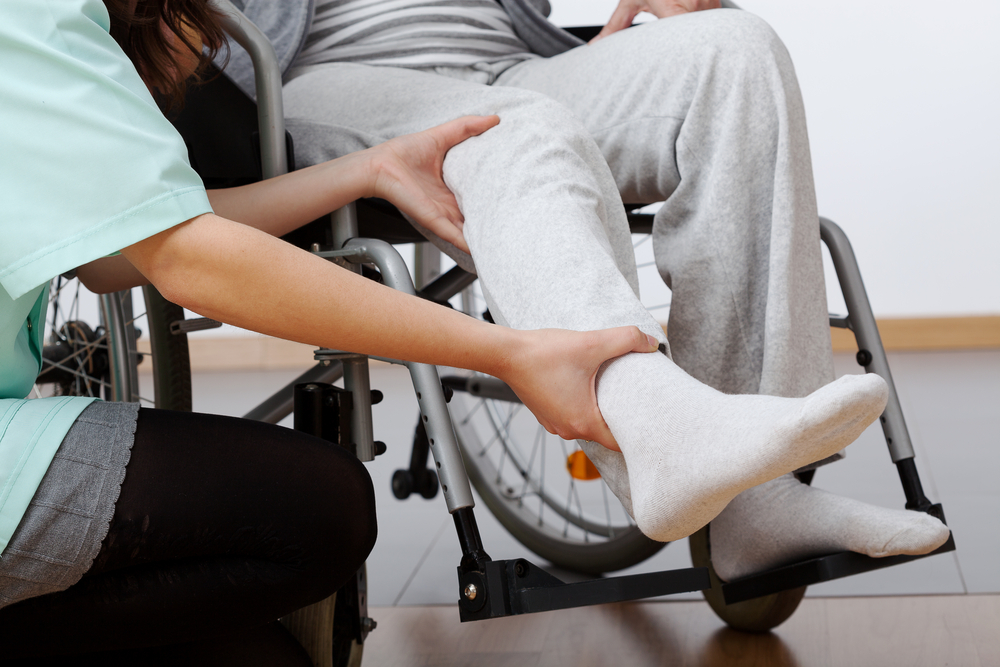
Five Reasons to Receive Post-Surgical Rehabilitation at Maplewood Sauk Prairie Health and Rehabilitation Center
September 10, 2023
Cognitive Rehabilitation for Stroke Survivors: Restoring Mental Functioning
October 16, 2023Dementia is a complex and progressive condition that affects millions of people worldwide. As we age, the risk of developing dementia increases, impacting memory, cognitive abilities, and daily functioning. In this article, we will explore the five most common types of dementia, shedding light on their symptoms, causes, and potential care for dementia that may be needed.
1. Alzheimer’s Disease
Alzheimer’s disease is the most prevalent form of dementia, accounting for around 60-70% of cases. It primarily affects memory, causing forgetfulness, disorientation, and difficulty in performing familiar tasks. As the disease progresses, individuals may experience personality changes, language impairments, and challenges in problem-solving. Scientists believe that the accumulation of abnormal protein structures in the brain, such as amyloid plaques and tau tangles, contributes to Alzheimer’s progression. While there is no cure for Alzheimer’s disease yet, early diagnosis and symptom management can help improve the quality of life for affected individuals.
2. Vascular Dementia
Vascular dementia is the second most common type and is caused by reduced blood flow to the brain. It typically results from stroke, small vessel disease, or other conditions affecting the blood vessels in the brain. The symptoms can vary widely depending on the affected brain regions but may include difficulties with problem-solving, organization, and decision-making. Individuals with vascular dementia may also experience mood swings and walking difficulties. Prevention and management of risk factors like hypertension and diabetes are crucial in reducing the risk of developing vascular dementia.
3. Lewy Body Dementia
Lewy Body Dementia (LBD) is characterized by the presence of abnormal protein deposits, known as Lewy bodies, in the brain. It shares symptoms with both Alzheimer’s and Parkinson’s disease, making it challenging to diagnose accurately. LBD can cause visual hallucinations, motor symptoms, and fluctuations in alertness and attention. People with LBD may also experience REM sleep behavior disorder, where they act out their dreams during sleep. Treatment typically focuses on symptom management and enhancing the quality of life.
4. Frontotemporal Dementia
Frontotemporal dementia (FTD) is a group of disorders that primarily affect the frontal and temporal lobes of the brain, leading to personality and behavioral changes. People with FTD may exhibit socially inappropriate behavior, apathy, or difficulties with language. Unlike other types of dementia, FTD often strikes at a younger age, usually between 40 to 65 years. The exact cause of FTD is still not fully understood, and there is currently no cure. However, supportive care and therapies can help manage the symptoms.
5. Mixed Dementia
Mixed dementia is a condition where individuals exhibit features of more than one type of dementia simultaneously. For example, a person may have both Alzheimer’s disease and vascular dementia. This makes the diagnosis and management more complex, as symptoms and treatments may overlap. Understanding the specific mix of dementia types is crucial in providing tailored care to affected individuals.
Final Thoughts
Dementia is a multifaceted and challenging condition that profoundly impacts individuals and their loved ones. By understanding the five most common types of dementia, we can promote early detection, access appropriate care, and offer support and compassion to those affected. At Maplewood Sauk Prairie Health and Rehabilitation Center, we believe in raising awareness and working towards a more dementia-inclusive society, where individuals with dementia can live with dignity and respect. Together, let’s stand united in the fight against dementia and provide a brighter future for everyone.
Reference:


